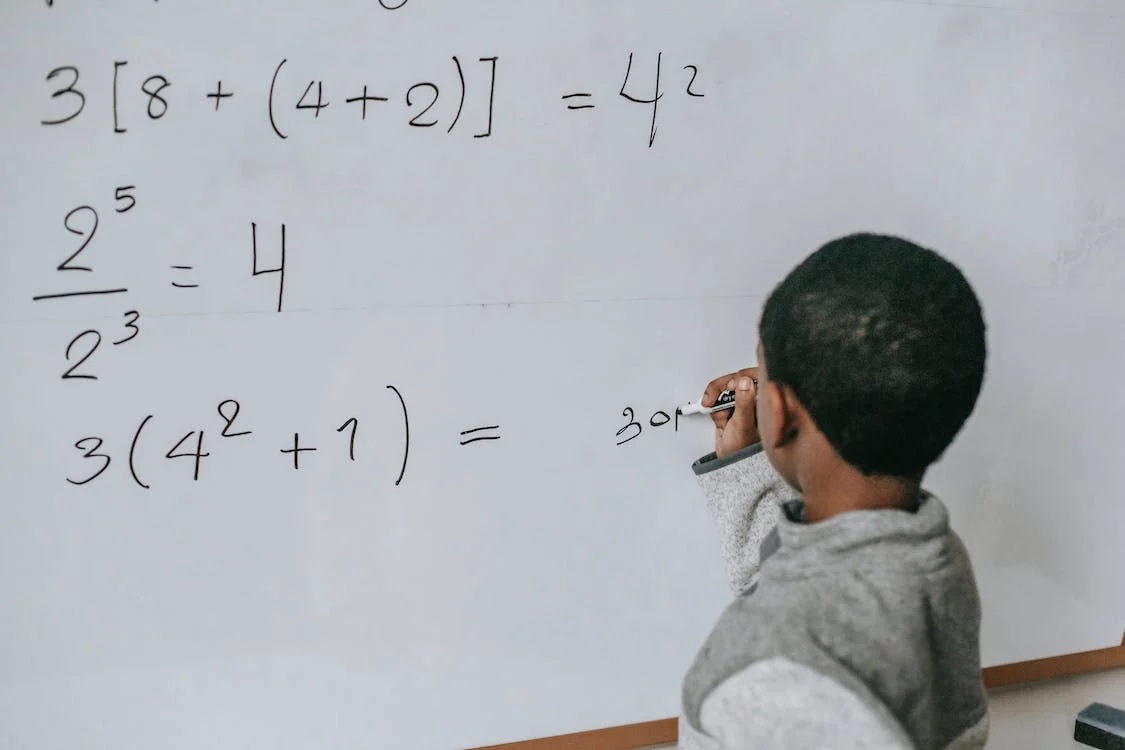The Right to Education Act: Empowering Minds, Transforming Futures
Introduction:
Education is the cornerstone of a progressive and equitable society. Recognizing this, India introduced the Right to Education Act (RTE) in 2009, a landmark legislation that aimed to provide every child between the ages of 6 and 14 with the fundamental right to free and compulsory education. This article delves into the provisions, significance, challenges, and transformative impact of the Right to Education Act on the educational landscape of the nation.
Provisions of the Right to Education Act:
The RTE Act, also known as the 86th Amendment Act of 2002, became operational on April 1, 2010. Its key provisions include:
- Free and Compulsory Education: The Act guarantees free and compulsory education to all children in the specified age group. It mandates that no child can be denied admission, held back, or expelled from school due to their economic or social background.
- Neighborhood Schools: The Act ensures that every child has access to a school within their neighborhood, making education accessible and reducing the dropout rate.
- Quality Education: The RTE Act emphasizes quality education by stipulating that schools must meet certain standards regarding infrastructure, qualified teachers, and adequate teaching materials.
- No Detention Policy: The Act promotes continuous assessment and learning, discouraging the practice of detention until Class 8. This is aimed at reducing the pressure on students and fostering a love for learning.
- Inclusive Education: The Act emphasizes inclusion by mandating that schools admit and provide education to children from marginalized and disadvantaged backgrounds, including those with disabilities.
Significance of the Right to Education Act:
The introduction of the RTE Act was a significant step toward achieving universal education and addressing educational inequalities. Its significance lies in several aspects:
- Equal Opportunity: The Act ensures that every child, regardless of their social or economic status, has an equal opportunity to receive quality education. This levels the playing field and reduces the educational disparities that exist in society.
- Empowerment: Education empowers individuals with knowledge and skills, enabling them to make informed choices, participate actively in civic life, and contribute to the socio-economic development of the nation.
- Social Justice: The Act promotes social justice by targeting marginalized and underprivileged sections of society. It seeks to bridge the educational gap and create a more equitable society.
- Human Capital Development: Education is an investment in human capital. A well-educated population is better equipped to contribute to the workforce, drive innovation, and foster economic growth.
- Socioeconomic Mobility: Education has the potential to break the cycle of poverty by providing children with the tools to improve their economic prospects and social mobility.
Challenges and Roadblocks:
While the Right to Education Act holds immense promise, it faces certain challenges that hinder its full implementation:
- Infrastructure and Resources: Ensuring quality education requires adequate infrastructure, qualified teachers, and teaching materials. Many schools, especially in rural areas, struggle with these essential resources.
- Quality vs. Quantity: While the Act emphasizes access to education, ensuring a balance between quantity and quality remains a challenge. Quality education requires well-trained teachers, updated curriculum, and effective teaching methods.
- Inclusion of Marginalized Groups: Ensuring that children from marginalized groups, including those with disabilities, have equal access to education requires special attention and resources.
- Dropout Rates: Despite compulsory education, dropout rates remain a concern, especially among older children who are forced to work or face cultural barriers.
- Lack of Awareness: Some families, particularly in remote areas, may not be aware of their rights under the Act, leading to underutilization of its provisions.
Transformative Impact:
Despite challenges, the Right to Education Act has had a transformative impact on India’s education landscape:
- Increased Enrollment: The Act has led to a significant increase in enrollment rates, bringing more children into the formal education system.
- Inclusive Education: The Act has helped promote inclusive education by mandating that schools accommodate children with disabilities, providing them with opportunities they may have been denied earlier.
- Empowerment of Girls: The Act has contributed to reducing gender disparities in education, ensuring that girls have equal access to schooling.
- Awareness and Advocacy: The Act has sparked awareness and advocacy efforts, encouraging communities and organizations to hold schools and authorities accountable for providing quality education.
Conclusion:
In conclusion, the Right to Education Act is a transformative legislation that seeks to empower children and lay the foundation for a more inclusive, equitable, and educated society. While challenges remain, the Act’s impact on enrollment, inclusivity, and awareness is undeniable. It underscores the nation’s commitment to providing a bright future for every child, regardless of their background. As India strives to achieve its educational goals, the Right to Education Act serves as a guiding light, reminding us that education is not just a privilege but a fundamental right that shapes the destiny of individuals and the nation as a whole.

